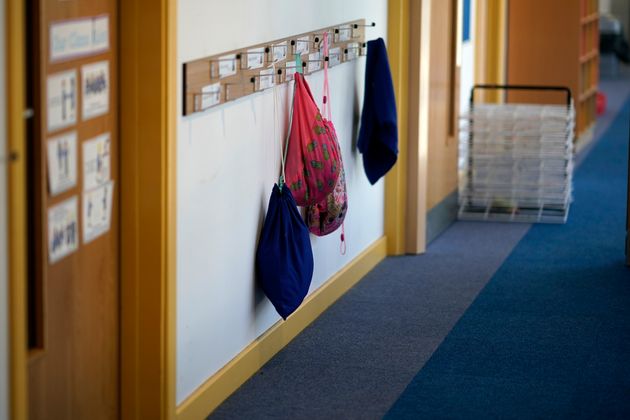Get the latest on coronavirus. Sign up to the Daily Brief for news, explainers, how-tos, opinion and more.
A return to the workplace after the coronavirus lockdown is lifted could see workers divided into distinct groups who do not overlap when in the office.
In a study by Imperial College London chemical biologist Professor Keith Willison for the Adam Smith Institute, it is suggested that a four days on, ten days off cyclic strategy is implemented for both workers and school goers.
It would see populations divided into two groups, with one group working or attending school for four days from, say, Monday to Thursday, and then entering a ten-day isolation period where individuals work from home in lockdown.

The model – devised by the Weizmann Institute of Science in Israel – would see an end to the standard seven-day week and two-day weekend structure as we know it, with workers taking their time off at varying times during their lockdown periods.
While the initial group is in lockdown, the second group would attend work and school. Since the number of people going to work and school would be much smaller than usual, physical distancing would be more easily observed and fewer people would be using public transport.
The study recommends that the groups correlate so that children are kept at home at the same time as their parents with prescribed work from their teachers. It also concedes the number of work days can be varied depending on the success of the model. If, for instance, an increase in Covid-19 cases is reported, a 2-12 cycle could be trialled. Predictions using the model cite a diminishing infection rate over a two-month period and no second peak.
While the UK has now passed peak infections, a second peak remains a possibility – particularly if the lockdown is dropped entirely. If this was to occur and the NHS was overwhelmed, it could necessitate a second, even more economically and socially damaging lockdown.
This split in the workforce would in theory create two groups that never overlap physically. The study states: “The advantage of this approach is that it would limit social interactions, reduce pressure on public transport and enable greater social distancing in schools and workplaces by halving numbers.”
The study suggests that anyone who becomes symptomatic would be likely to do so during their lockdown period, thus limiting their ability to unintentionally spread the virus. It also claims the reproduction number, or R, would be maintained below 1, thus reducing the probability of a second peak.